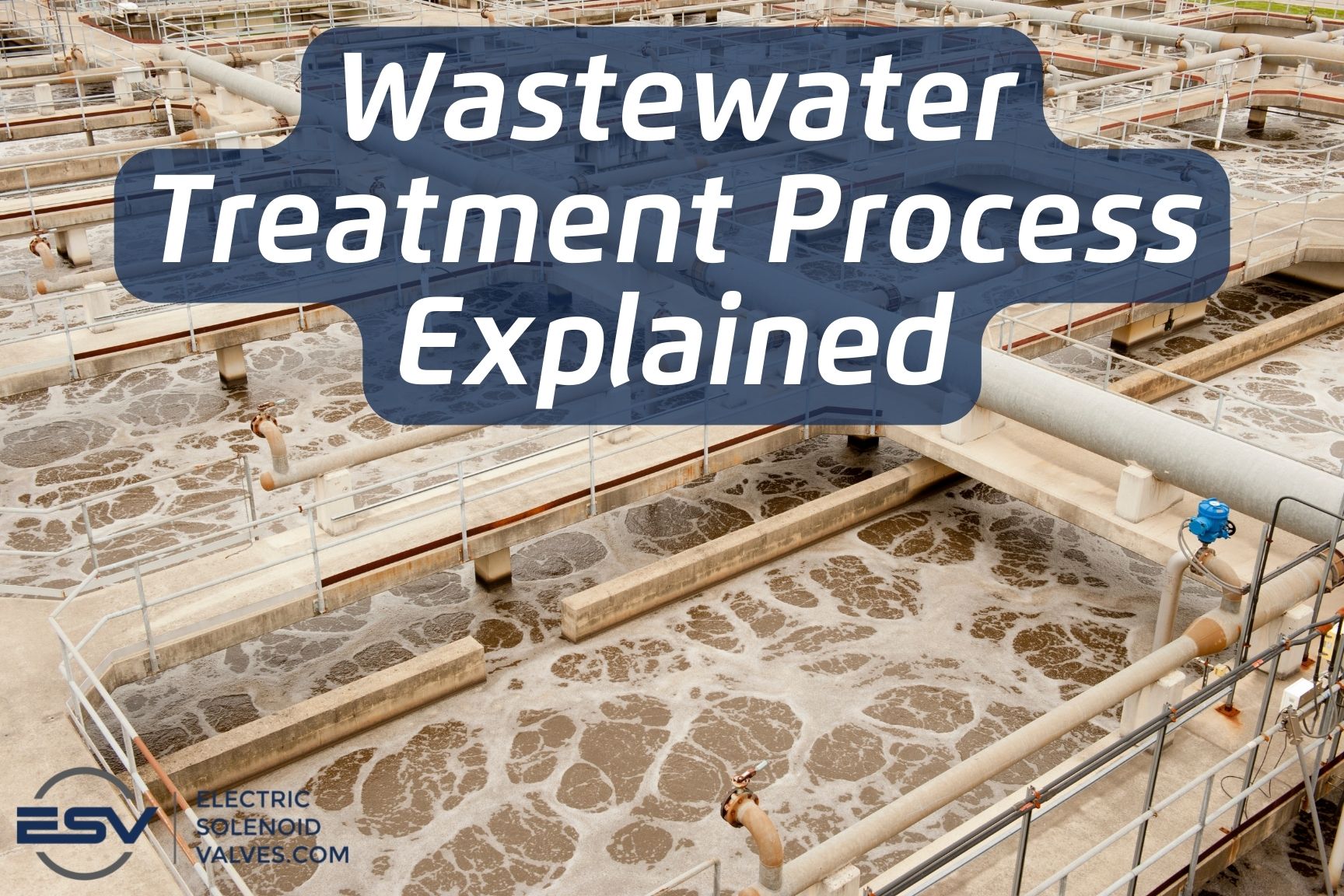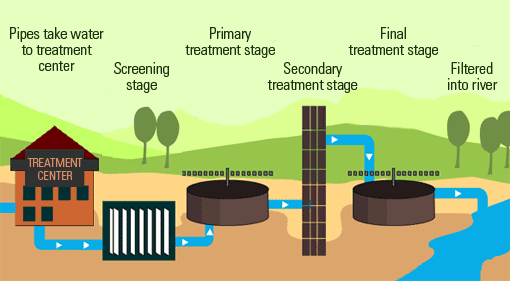Environmental Effect of Waste Water Treatment: What You Required to Know
Wiki Article
Strategic Approaches to Improve Drainage Treatment Performance and Minimize Environmental Effect
In the realm of waste water therapy, the mission for enhanced efficiency and lowered ecological impact is a perpetual difficulty that requires strategic solutions. The integration of sophisticated therapy modern technologies, energy-efficient procedures, resource recovery methods, enhanced nutrient removal techniques, and clever surveillance and control systems represents a multifaceted structure for dealing with these pushing problems.Advanced Therapy Technologies
Innovative membrane filtering systems have changed sophisticated wastewater therapy processes, dramatically boosting the removal of pollutants. These cutting-edge systems function by requiring water through a semi-permeable membrane layer, effectively separating pollutants from the water stream. The membrane layer's microscopic pores catch pollutants such as germs, infections, and put on hold solids, allowing just cleansed water to travel through. This technology has verified to be extremely reliable in getting rid of a wide variety of pollutants, including drugs, heavy metals, and organic compounds, which are usually testing to get rid of through standard therapy approaches.Additionally, membrane filtration systems offer countless advantages over standard therapy methods. Furthermore, these systems are extremely versatile and can be easily integrated right into existing treatment plants or utilized as standalone units for decentralized applications.
Energy-Efficient Procedures
The integration of energy-efficient procedures in wastewater therapy systems is critical for maximizing resource usage and decreasing functional expenses. One key technique to improving energy performance in wastewater treatment is the usage of advanced oygenation systems, such as great bubble diffusers or surface area aerators, which can enhance oxygen transfer efficiency and reduce energy usage.Moreover, enhancing process control and automation with the use of sophisticated sensors and keeping track of systems can enhance general energy efficiency by adjusting operations in real-time based upon actual need and conditions. Applying power audits and consistently checking energy efficiency indicators are crucial methods to recognize locations for renovation and track energy-saving efforts successfully. Generally, the fostering of energy-efficient processes in wastewater therapy not only benefits the atmosphere but also contributes to long-lasting cost savings and operational sustainability.
Source Recovery Techniques
With a concentrate on enhancing source application and sustainability in wastewater therapy systems, the execution of source recuperation approaches becomes a pivotal element in improving functional efficiency. Resource recovery methods in wastewater therapy entail the recognition and removal of important sources from the waste stream, therefore turning what was once thought about waste right into an important asset. By implementing source recuperation strategies such as nutrient removal and recovery, energy generation from raw material, and the manufacturing of recyclable water, wastewater treatment plants can reduce ecological influence while optimizing performance.
Boosted Nutrient Removal Methods
Carrying out sophisticated nutrient removal strategies is crucial for enhancing the effectiveness of wastewater treatment systems. Boosted nutrient elimination plays a vital role in decreasing the ecological effect of treated effluent discharged right into water bodies. One of the crucial methods used for boosted nutrient elimination is the process of organic nutrient removal (BNR), which entails the removal of nitrogen and phosphorus through organic processes. This can be attained through making use of specialized microbes that can convert nitrogen substances into inert nitrogen gas via denitrification, and accumulate phosphorus within their cells via a process called boosted biological phosphorus elimination (EBPR)
In enhancement to BNR, progressed therapy approaches such as membrane layer bioreactors (MBRs) and created marshes can additionally be used to improve nutrient removal efficiency. By integrating these advanced nutrient elimination strategies right into wastewater treatment industries, systems and districts can effectively reduce nutrient pollution and secure the atmosphere.
Smart Monitoring and Control Equipment
Using innovative innovation, the combination of wise monitoring and control systems changes the functional efficiency of wastewater therapy facilities. These systems integrate advanced sensing units and data analytics to continually keep an eye on key specifications such as pH degrees, turbidity, liquified oxygen, and flow rates in real-time. By accumulating and evaluating this information, drivers can gain beneficial insights right into the performance of the therapy processes, allowing positive adjustments to maximize treatment effectiveness.Smart monitoring and control systems likewise support remote tracking capabilities, enabling drivers to gain access to real-time information and control features from off-site areas. This remote availability boosts operational versatility and responsiveness, enabling speedy interventions in situation of system breakdowns or fluctuations in influent high quality. The anticipating upkeep capabilities of these systems assist stop tools failures and reduce downtime, ultimately boosting the general integrity of wastewater therapy procedures.
Conclusion
To conclude, critical approaches such as advanced treatment innovations, energy-efficient procedures, source recovery techniques, improved nutrient removal methods, and wise tracking and control systems play an important function in improving web link wastewater treatment effectiveness and lessening ecological influence. By implementing these techniques, wastewater treatment plants can improve their total efficiency, reduce energy usage, recover important resources, and guarantee conformity with ecological laws. These strategies are essential for sustainable and reliable wastewater management practices.
In conclusion, strategic strategies such as innovative treatment technologies, energy-efficient procedures, resource healing strategies, improved nutrient elimination methods, and smart surveillance and control systems play an important function in boosting wastewater therapy effectiveness and minimizing ecological effect.
Report this wiki page